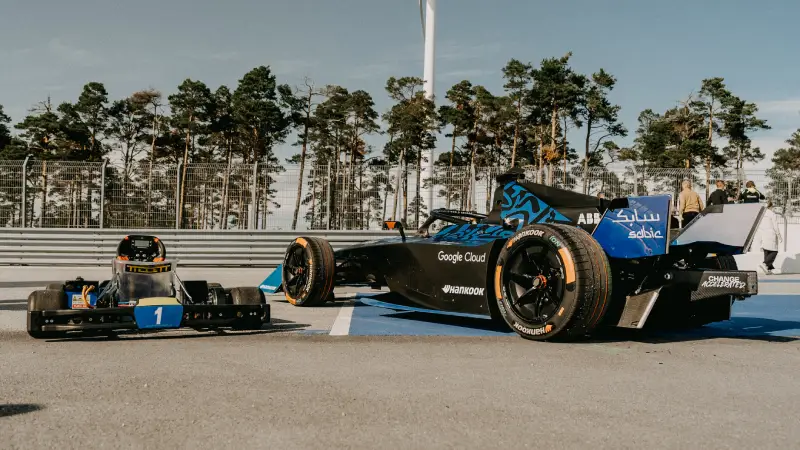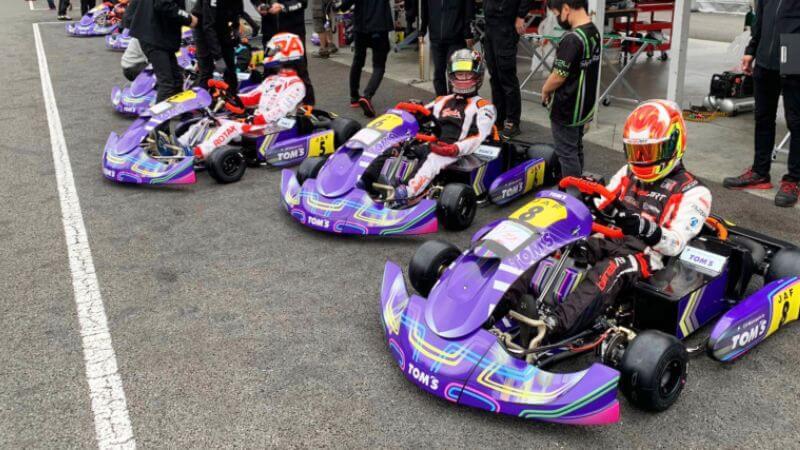
While the world of electric karting has undoubtedly been making waves with its impressive performance (The Future of Karting – Innovations that will Drive the Sport Forward )it’s important to take a closer look at the potential downsides that accompany this emerging technology. As with any innovation, electric karts also have their limitations and challenges that need to be addressed. Let’s explore some of these aspects.
Limited Range
One of the primary concerns with electric karts is their limited range. Unlike traditional combustion-engine vehicles, electric karts rely on battery power, which eventually depletes over time. This means that drivers must carefully plan their sessions and take into account the kart’s remaining charge, which can impact the overall race strategy and potentially require longer pit stops for recharging.
BSR’s Approach:
BSR batteries are designed to last an average race duration of 15-25 minutes. After each race, quick battery swap technology allows drivers to change batteries in less than 2 minutes, ensuring minimal downtime and getting them back on track in no time!
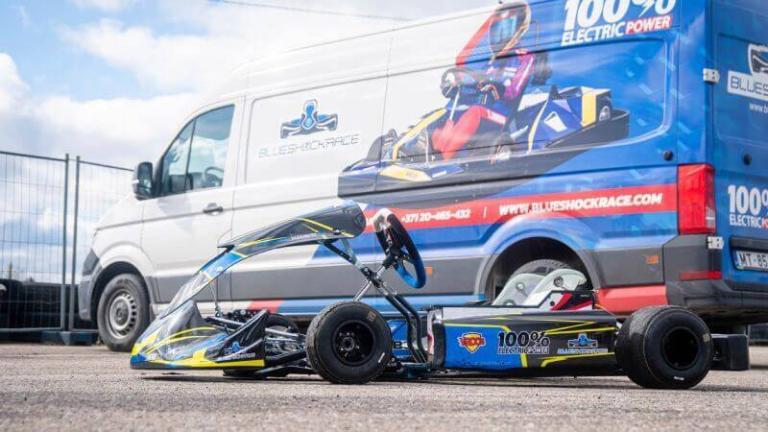
Longer Recharge Times
Charging electric kart batteries takes considerably more time compared to refueling a traditional kart with gasoline. While advancements have been made in fast-charging technology, the process still takes longer than a quick pit stop for refueling. This can result in increased downtime between sessions, limiting the amount of track time available to drivers.
BSR’s Approach:
BSR’s Quick Battery Swap Technology ensures <2 min swaps, keeping you on track while the spare battery charges and cools. Full charges typically take 45 min – 1.5 hours, depending on battery type and condition. Race without interruptions!
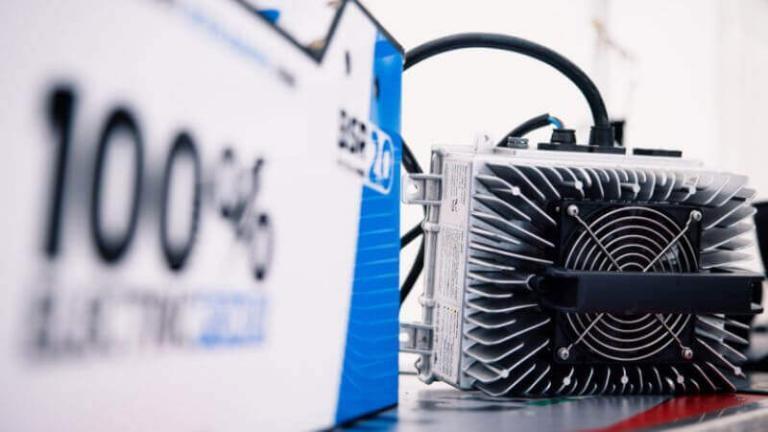
Cost and Accessibility
Electric karts generally come with a higher price tag than their combustion-engine counterparts. The cost of advanced battery technology and specialized components can make electric karts less accessible to some racing enthusiasts, particularly those on a tight budget or in regions where electric karting infrastructure is limited. The initial investment can be a barrier to entry for many aspiring racers.
BSR’s Approach:
BSR simplifies things with their easy-to-install power units for your current kart, eliminating the need for a dedicated electric kart chassis. Maintenance costs are substantially lower when compared to petrol karts, and the total cost evens out within just one year of use.
Electric karts are also easy to manage. That has driven the popularity of new business opportunities for race series and the “Arrive and Drive” concept. You can rent electric karts for races and training sessions, all while spending even less than in a typical race week. This ensures that all drivers have the same power and performance, as all karts can be controlled by a programmable system.
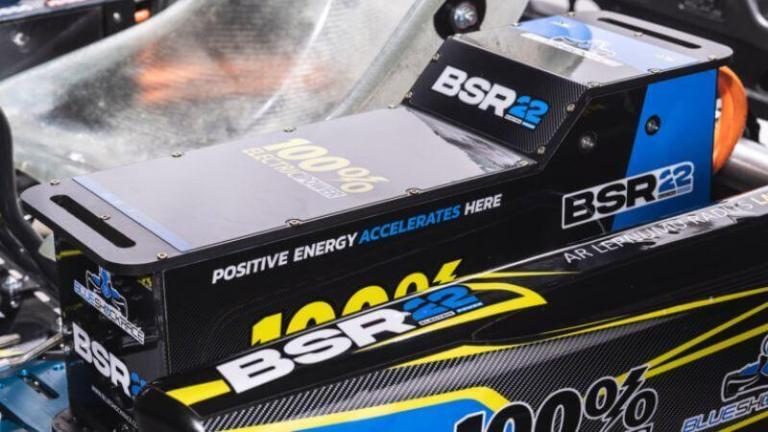
Weight and Performance Trade-offs in Electric kart
Electric kart batteries can add significant weight to the vehicle, affecting its overall performance. The additional mass may impact acceleration, handling, and maneuverability, making it challenging to achieve the same level of performance as lightweight combustion-engine karts. Striking a balance between battery capacity and weight optimization remains a critical challenge for electric kart manufacturers.
BSR’s Approach:
In the mini and junior categories, BSR karts can match the weight of petrol karts. In the senior and top-performance categories, BSR karts are slightly heavier by 5-15 kg compared to their petrol counterparts. However, BSR karts achieve superior weight distribution by evenly spreading the power unit’s weight on both sides of the kart, resulting in improved balance and handling.
Despite the additional weight, BSR electric karts gain a remarkable advantage in cornering due to their immense torque from the bottom. This advantage enables them to outperform petrol-powered karts in turns, showcasing the impressive capabilities of electric karting technology.
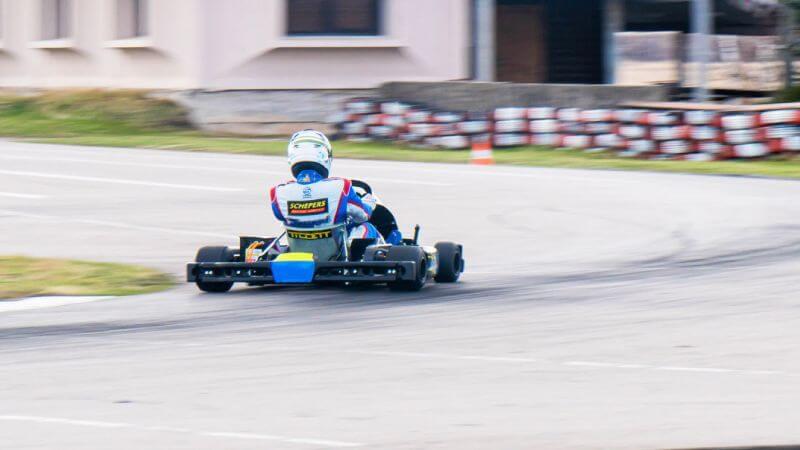
Environmental Concerns
While electric karts contribute to reducing direct emissions during racing, their overall environmental impact should be considered. The production and disposal of lithium-ion batteries, along with the extraction of raw materials used in their manufacturing, have their own environmental implications.
BSR’s Approach:
Besides of power unit manufacturing for go-karts and other racing applications; BSR also produces industrial solutions and battery systems for industrial and household use. We have the capability to reuse up to 95% of the materials that were once used in karting. This allows us to extend the battery life to 15-20 years. After this period, the battery recycling technology recovers ≥95% of materials of unusable batteries.
Take a look on Vroom magazine tests in Franciacorta
